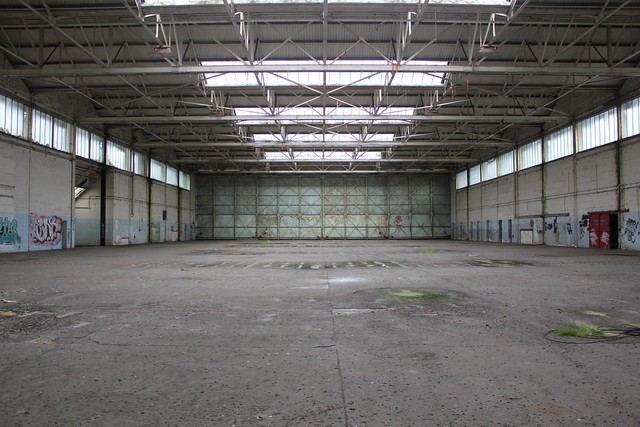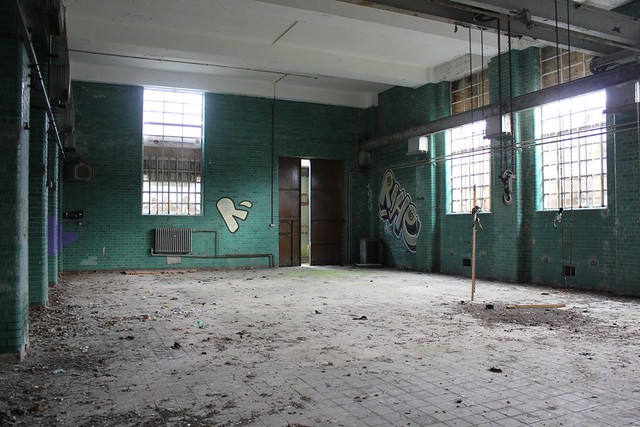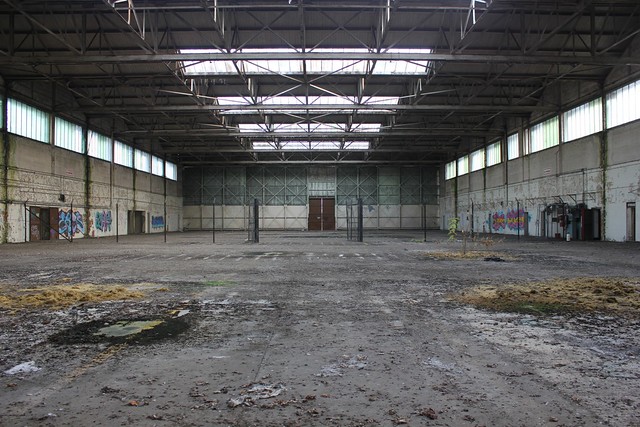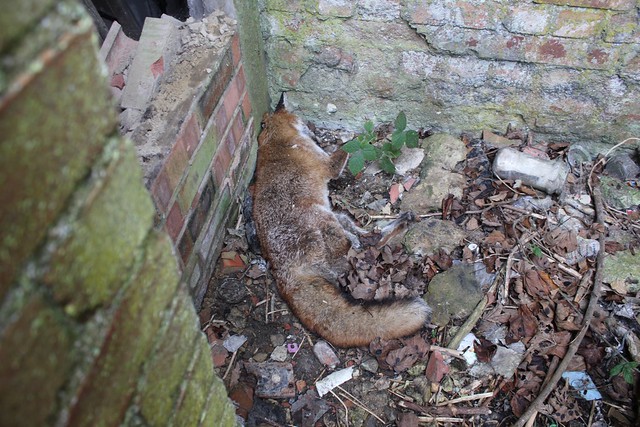Visited with TBM after a tip off that new parts had opened up...
History - Regular flying was established at Bicester in 1916 when a training school was set up on site. In 1917 the Royal Flying Corps moved into the site with 118 Night Bomber Squadron. In 1919 5 Squadron arrived who flew Bristol fighters in WWI. All the squadrons left by 1920 and the airfield closed until 1925 when work started to turn it into a bomber station with flying beginning again in 1928.
During WWII two squadrons of the new Bristol blenheim bomber arrived followed by two more squadrons with Spitfires and Avro Ansen support craft. The first Handley Page Halifax craft was assembled at Bicester and took off for it's maiden voyage in 1939. This craft went on to become the first four-engined craft to bomb Germany. In 1940 the second RAF Bomber Command Training Group (No.7) established their HQ at Bicester. Throughout the war Bicester was used as a training centre. Gliders were also flown from Bicester - during some tactical raids on Germany gliders were towed all the way from bicester to land in German fields, allowing troops to be deployed silently on German soil. Gliding continues to this day with a gliding school (Windrushers) on the airfield part of the site since 1956.
Post-war, Bicester became a non-flying unit used for maintenance, then later a Motor Transport depot. In 1953 No.71 Maintenance Unit arrived that salvaged, repaired and transported damaged aircraft. In 1976 the RAF ceased using it as a military base.
Today RAF Bicester stands as one of the finest examples of an unmodified pre-war RAF station in existance with many listed buildings. Almost all the buildings are still there, are totally unmodernised and original throughout so stepping on site is a real timewarp. There are plans to turn it into a bomber command museum which I really hope come to fruition.
Anyway, on with the photos.
One of the two derelict hangars.








What we thought was a bomb store/armoury originally, is actually the boiler room as far as we could tell.


The second hangar, we didn't understand what the fence with the rolls and rolls of barbed wire was for in the middle...








A few randoms from around the site...



Poor foxy

Thanks for looking, more here http://www.flickr.com/photos/mookie427/sets/72157628553413671/
History - Regular flying was established at Bicester in 1916 when a training school was set up on site. In 1917 the Royal Flying Corps moved into the site with 118 Night Bomber Squadron. In 1919 5 Squadron arrived who flew Bristol fighters in WWI. All the squadrons left by 1920 and the airfield closed until 1925 when work started to turn it into a bomber station with flying beginning again in 1928.
During WWII two squadrons of the new Bristol blenheim bomber arrived followed by two more squadrons with Spitfires and Avro Ansen support craft. The first Handley Page Halifax craft was assembled at Bicester and took off for it's maiden voyage in 1939. This craft went on to become the first four-engined craft to bomb Germany. In 1940 the second RAF Bomber Command Training Group (No.7) established their HQ at Bicester. Throughout the war Bicester was used as a training centre. Gliders were also flown from Bicester - during some tactical raids on Germany gliders were towed all the way from bicester to land in German fields, allowing troops to be deployed silently on German soil. Gliding continues to this day with a gliding school (Windrushers) on the airfield part of the site since 1956.
Post-war, Bicester became a non-flying unit used for maintenance, then later a Motor Transport depot. In 1953 No.71 Maintenance Unit arrived that salvaged, repaired and transported damaged aircraft. In 1976 the RAF ceased using it as a military base.
Today RAF Bicester stands as one of the finest examples of an unmodified pre-war RAF station in existance with many listed buildings. Almost all the buildings are still there, are totally unmodernised and original throughout so stepping on site is a real timewarp. There are plans to turn it into a bomber command museum which I really hope come to fruition.
Anyway, on with the photos.
One of the two derelict hangars.








What we thought was a bomb store/armoury originally, is actually the boiler room as far as we could tell.


The second hangar, we didn't understand what the fence with the rolls and rolls of barbed wire was for in the middle...








A few randoms from around the site...



Poor foxy

Thanks for looking, more here http://www.flickr.com/photos/mookie427/sets/72157628553413671/
Last edited:

































